A big bone of contention in audiophile circles is which stage of the audio system chain is most important. By extension, where an individual places priority – source, amplification, or loudspeakers dictates the percentage of the available budget devoted to each.
A large group will argue that loudspeakers are most important as they produce the sound reaching our ears; if the speakers are not very good, the music won’t be delivered properly and won’t sound right. Now, what’s “right” is subjective – some prefer more visceral bass, a warmer sounding midrange, greater detail, and no two loudspeakers are created equal sound signature wise – but there certainly is something to the argument that speakers are the most important.
Perhaps a smaller group will argue that amplification is more important. Here you’ll find discussion around the ability of an amplifier (power/preamp separates or all-in-one integrated amplifier) to convert the signal from the source without distortion, around tube versus solid-state, and around power output and the ability to drive different speaker technologies, sensitivities, and impedances.

Then there’s the set who highlight the importance of cables and interconnects, but I’m not touching that one.
And finally, another large grouping will insist that source is paramount. If they stream, it’ll be all about the quality of the DAC (Digital to Analog Converter). If their source of choice is CD or SACD, it’ll be the combination of transport and DAC (separates or combined in a single unit). And for vinyl, it’ll be turntable and cartridge, and perhaps even stylus.
The thinking here is “garbage in, garbage out” (GIGO), or the opposite “magic in, magic out;” if you can ensure the quality of what you feed the system, you increase the chance that what comes out will sound incredible. Again, some solid logic here.

Personally, I take a whole-system approach. I side with both the speaker and source sets, but believe all stages are important, and improvements in one stage will eventually require improvements or changes in others.
New speakers may dictate a more powerful integrated or power amp, or addition of tubes for synergy. Shifting from a moving magnet (MM) phono cartridge to moving coil (MC) may necessitate a better phono stage, or even a Step-up Transformer (SUT) for low-output MC cartridges.
On the vinyl source side though, there’s a step beyond cartridge and stylus that deserves more attention, and that is the vinyl itself. There is a growing awareness of vinyl and mastering quality, and a growing penetration of “audiophile vinyl” in the market. Mastering engineers like Kevin Gray, Ryan Smith, Bernie Grundman, Ron McMaster, Doug Sax and Steve Hoffman, and studios like Cohearent Audio and Sterling Sound have become household names in audiophile circles for the quality of their remasters.
Tone Poet
In the last few years, one of the most successful labels in this category has been Blue Note with their Tone Poet series, which was introduced in 2019 to celebrate the company’s 80th anniversary, and features all-analog, 180 gram audiophile vinyl reissues mastered from the original master tapes.
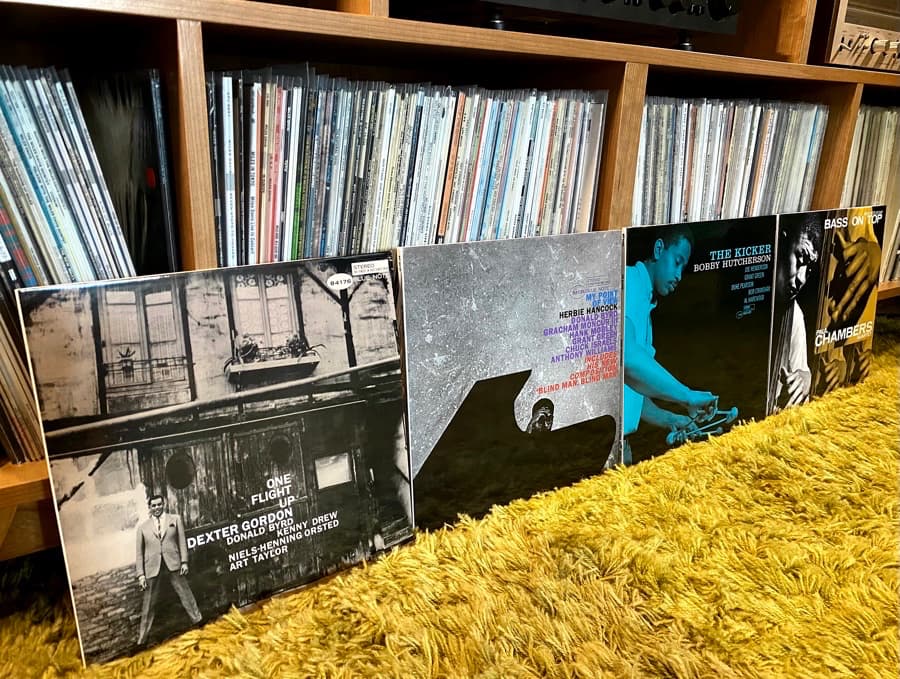
The Tone Poet Series has been huge for Blue Note. For long-time jazz freaks, new releases have been an opportunity to fill in holes in the collection with titles never released on vinyl or long out-of-print (and expensive on secondary markets), or to replace well loved, worn out original or early pressings with fresh, super-charged updates.
For many younger vinyl fans, Tone Poet albums – not much more expensive than “regular” records – have been a combined point of entry to jazz, Blue Note, and audiophile recordings. These fans buy Tone Poet releases partly because they’re budget friendly, but mostly because they sound incredible. Store owners talk of spinning new titles, customers rushing the counter to ask what’s playing, and purchases immediately being made.
New releases sell out quickly, but the word on the street is that all titles will eventually be repressed; this makes me happy as I was a bit late to the party and missed some of the early releases. Facebook groups devoted to Tone Poets have sprung up with avid discussion on favorites and speculation on future releases.

Mitch Anderson and I recently did a podcast with Mastering Engineer Kevin Gray, and Producer Joe Harley. If you haven’t given this one a listen, you owe it to yourself to do so. Kevin and Joe gave insights on a variety of topics, including how the Tone Poet sound came to be and how mastering and selection are done.
What caught my attention was when they spoke of their initial plan for Tone Poet to reproduce as closely as possible the sound of the original album pressings, and their surprise at how much additional information (bass, detail, soundstage) came through from the first few master tapes they received.
Apparently, Rudy Van Gelder applied significant compression in transferring tapes to pressings to create records that didn’t skip on the turntables of the ‘50s and ‘60s (and thus avoid customers returning unplayable albums).
Turntable and cartridge tracking advances since that time mean skipping is less of an issue, so the decision was made to reproduce the sound of the master tapes as opposed to the original pressings, and that is why this series has such amazing body and impact, and why listeners have responded so positively to each release.
There are numerous other audiophile vinyl companies out there as well, many of which have been around a lot longer than Tone Poet.
MoFi
Mobile Fidelity Sound Labs (aka MFSL or MoFi) got its start in the late ‘50s with novelty recordings. In 1977, they began producing the Original Master Recordings reissues, recorded with their half-speed mastering process from original master tapes and pressed on heavyweight, virgin “supervinyl.” They have been owned by Music Direct since 2001.

Mobile Fidelity records come in two styles. Early releases were cut at the traditional 33.3 rpm, but recent releases have been offered on multiple records at 45 rpm. With the higher speed of 45 rpm, record grooves are “longer” and can hold more detailed information, theoretically delivering better sound quality (which more often than not they do).
The downside of this higher speed is that a single record side can’t hold as much music, hence a typical album becoming a two-record release, and the listener having to flip the record every 8-12 minutes instead of the more typical 20-plus.
MoFi don’t just focus on jazz. Some of their classic rock releases by artists like Steely Dan, Pink Floyd, Supertramp, Bob Dylan and Donald Fagen are highly sought after and command huge prices on the secondary market due to a lack of recent represses. Other artists and titles have seen multiple represses over the years – like the bulk of the Dire Straits catalog which sounds a lot better on these remastered pressings but still puts a hit on the wallet.

There have been numerous jazz albums released by Mobile Fidelity, the best known being reissues of Miles Davis’ Columbia Records catalog, and in particular, Kind of Blue for which the MoFi pressing has been the reference for many years.
In 2016, MoFi created a new, ultra-premium series called Ultradisc One-Step. These are released in very limited numbers, pressed at 45 rpm on 180 gram premium vinyl, and housed in elaborate box sets. Bill Evans’ Sunday at the Village Vanguardand Portrait in Jazz, and Monk’s Dream by Thelonious Monk have all had the One-Step treatment, but good luck finding copies and be prepared to sell a body part to get one. Audiophiles will spend north of $200 on any of these titles, and more on the secondary market.
Analogue Productions
Analogue Productions (AP) is the in-house audiophile label of Acoustic Sounds. It was founded in 1992 by music fan and entrepreneur Chad Kassem in Salina, Kansas. Early releases were pressed in California and Germany, but in 2011 Kassem launched his own state-of-the-art pressing plant, Quality Record Pressings (QRP).
Like MoFi, Analogue Productions masters from original analogue master tapes. Exceptions are made for albums of rare quality recorded digitally in the CD era. All are pressed on 180 gram or 200 gram vinyl. Many AP reissues have been released in both 33.3 and 45 rpm formats, though some are one or the other.
Either way, they sound incredible, and a generation of music lovers has benefitted enormously from Kassem’s business acumen and selections; case in point, his decision to promote numerous forgotten blues musicians who never before reached a large, global audience. The quality of the recordings and attention to detail in the pressings makes them a very worthwhile addition to any music library.

Analogue Productions have put out over 300 reissues, with a large proportion of their catalogue being jazz from the big labels like Blue Note, Prestige, Fantasy, Impulse, Verve, Columbia and Riverside. Recent releases have come primarily from Verve and Impulse, perhaps due to other labels like Blue Note and Concord seeing market growth and taking their audiophile reissues in-house.
Like MoFi, Analogue Productions has introduced an ultra-premium reissue series of its own called UHQR (or Ultra High Quality Recording). I haven’t heard it yet, but reportedly the UHQR of Kind of Blue (I have two on order) takes the mantle as the new reference recording away from the MoFi. This will be a series to watch with great interest.
Other Labels
Owned by Concord, Craft Recordings was founded in 2017 as a reissue vehicle for the Concord catalog, which includes legacy labels like Fantasy, Milestone, Prestige, Riverside, Vee Jay and others. Their catalog is extensive and growing; including numerous reissues of classic albums from Miles Davis, John Coltrane, Sonny Rollins, Thelonious Monk, Bill Evans and Chet Baker. A recent limited-edition, ultra-premium reissue of Coltrane’s Lush Life sold out on their online store within minutes of release.

Impex is a newer audiophile label from the team that previously ran Cisco Music, itself a respected reissue label, which closed shop in 2008. The Impex catalog is relatively small, but they have reissued some amazing jazz albums, including the classic live Friday Night in San Francisco by Al Di Meola, Paco de Lucia and John McLaughlin (33.3 and 45 rpm versions), and several reissues from the famous Three Blind Mice J-Jazz label; the Three Blind Mice 45 Box will blow your socks off.

Barely Breaking Even (BBE) is another reissue label that has done a lot of Japanese Jazz reissues, both of full albums, and their excellent compilation series, J Jazz: Deep Modern Jazz from Japan which is now up to Volume 3.

Other audiophile reissue labels to look out for include Original Recordings Group (ORG), Pure Pleasure, Speakers Corner, Music Matters (Joe Harley’s Blue Note reissue project before he moved to Tone Poet), and Classic Records (now taken over by Acoustic Sounds, but worth buying on the used market). There are certainly other labels I haven’t covered here, and I’d love to hear about them in the comments or via Instagram at @audioloveyyc.
If you haven’t yet ventured into audiophile vinyl and want to get more from your system without upgrades, then check out some of these labels and recordings; you’ll be impressed. And if you’re already sold, look out for some of the less prominent labels and give them a try; there are some real gems out there.







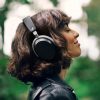
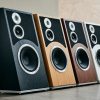


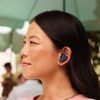

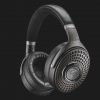
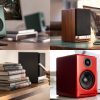
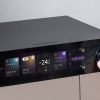












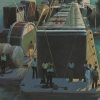
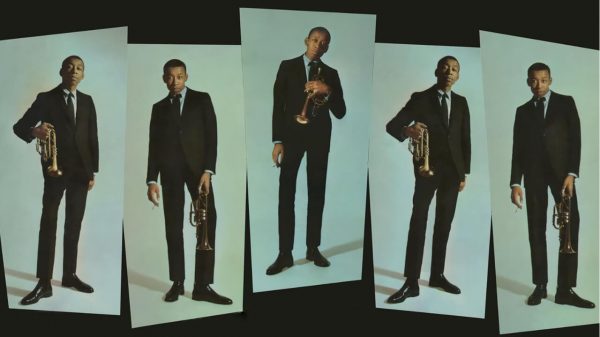


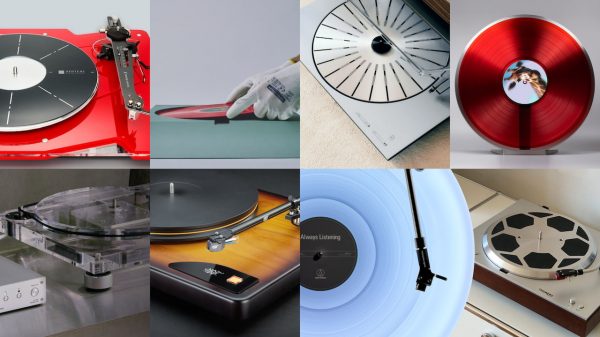


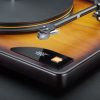
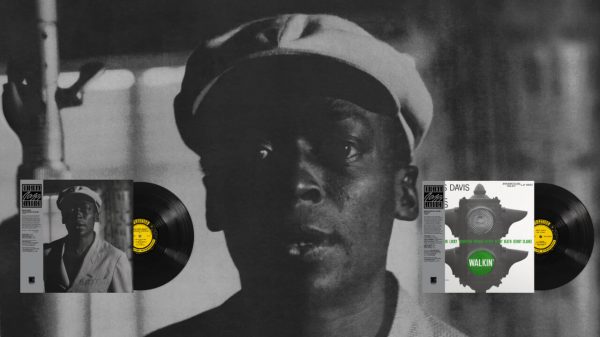














RJS
July 20, 2021 at 9:11 pm
The tone poet series has been a game changer. The records all sound like CDs and it just makes me want all vinyl to sound like this series.
Ian White
July 20, 2021 at 10:10 pm
We agree but do you mean “sound better than CDs” versus “like CDs?”
Ian White
Steven Denfeld
July 24, 2021 at 10:52 pm
I’d wager he means ultra quiet background like CDs.
Eric Pye
July 24, 2021 at 11:47 pm
If you’re correct on that, then yes, a dark background is one of the hallmarks of most audiophile pressings; that, and greater dynamic range than early pressings.
rl1856
July 29, 2021 at 4:51 pm
TP pressings DO NOT sound like CDs ! They do sound different from first pressings however. I liken the main difference to being seated up front near the band (1st pressing) vs a seat at mid distance with some space between you and the musicians (TP). First pressings have more visceral impact, with a narrower spread between musicians. TP sound more relaxed, with greater width and space in front of you. TP pressings are mostly dead quiet, with extended articulate bass, clean midrange, and clear as a bell HF. TP copies are the best alternative to a 1st or early pressing, given the price. BN80 and BN Classic series are also excellent alternatives, exhibiting many of the same characteristics as TP pressings, but in less sumptuous packaging.
Wil van den Dungen
December 10, 2021 at 4:45 pm
A lot of people have no idea how acoustical music sounds live.
The once who have will enjoy the high quality of audiophile records.
Do not forget you need good equipment and room acoustics.
I like the sound of Patricia Barber.